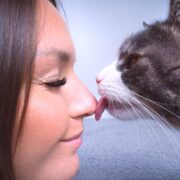Dog trainers and dog owners alike regularly use dog treats and other kinds of dog food to train a dog. It’s a form of positive reinforcement that is very easy to use and typically gets quick results.
Animal behaviorists and dog trainers all agree that positive reinforcement is the best way to train a dog, but you don’t have to use food as positive reinforcement. You can also use praise and loving treatment to get your dog to do the desired behavior.
Most dog owners, however, use food rewards because they are typically effective. What happens, though, if you’re dog isn’t interested in food treats? What should you do in that case? Let’s take a look at why you’re dog might not be responding to food rewards and a few dog training tips on what you can do about it.
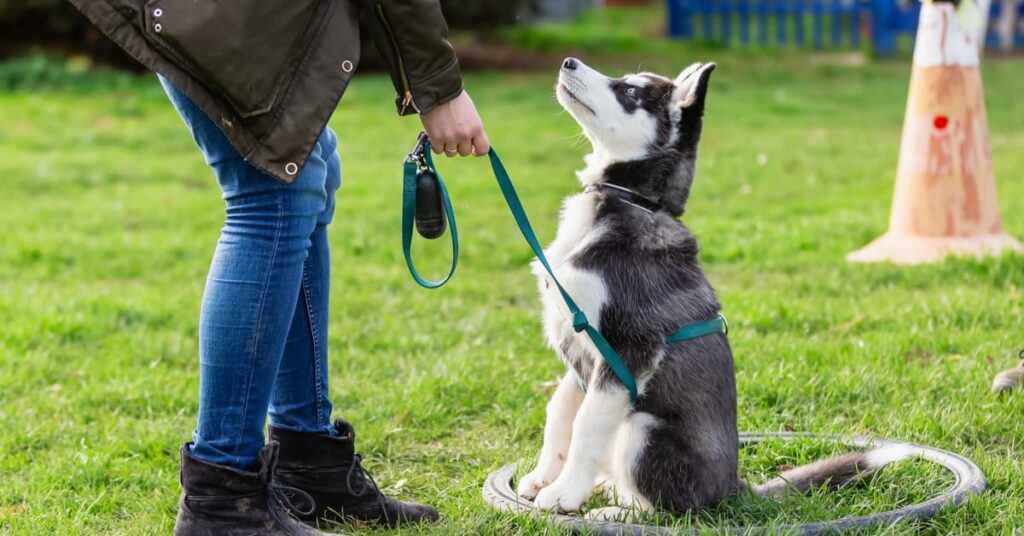
Why Isn’t Your Dog Responding to Food Motivation?
The idea behind using food rewards to train a dog is that they will make positive associations between the desired behavior and the food treat. It usually works pretty well, but sometimes dogs simply don’t respond.
Here are several reasons why your dog might not respond to training treats:
Your Dog Is Overweight
Obesity is a growing problem in our furry friends. As much as 25 – 30% of all dogs in North America are obese, and in dogs older than 5 to 11 years old, that increases to 40 – 45%!
Obese dogs may have less interest in food treats because they’re obviously getting enough kibble in their diet. Getting your chubby pooch back to optimal weight is critical for both his physical and behavioral health.
Before you do that, however, you’ll want to get him checked out by your DVM to ensure he isn’t obese because of a medical condition like thyroid disease or diabetes.
Once you are able to help him lose weight, it’s probably a good idea to avoid food treats altogether in your training sessions with him since you know he is prone to obesity. We’ll talk about what you can do instead below. If that’s not an option, at least use low-calorie training treats.
Your Dog Is Stressed
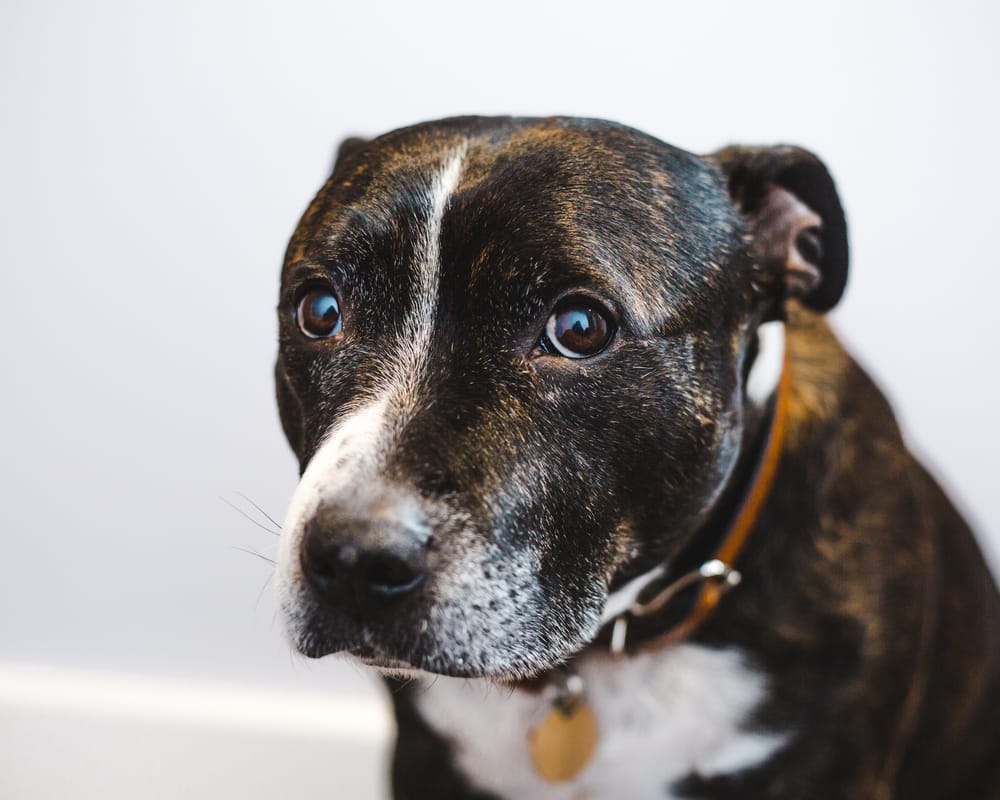
Many dogs experiencing stress are not interested in eating anything. A dog’s willingness to eat is strongly correlated to how safe he feels.
Dogs in distress are more concerned with their own safety than with eating. It can also be the case that your dog is simply too excited to think about food.
This type of stress is known as eustress or good stress. Your dog can be excited because he’s getting to go on a walk or he very much likes an activity he’s doing. He’s thinking about that instead of eating.
Some Dog Breeds Aren’t Food Motivated
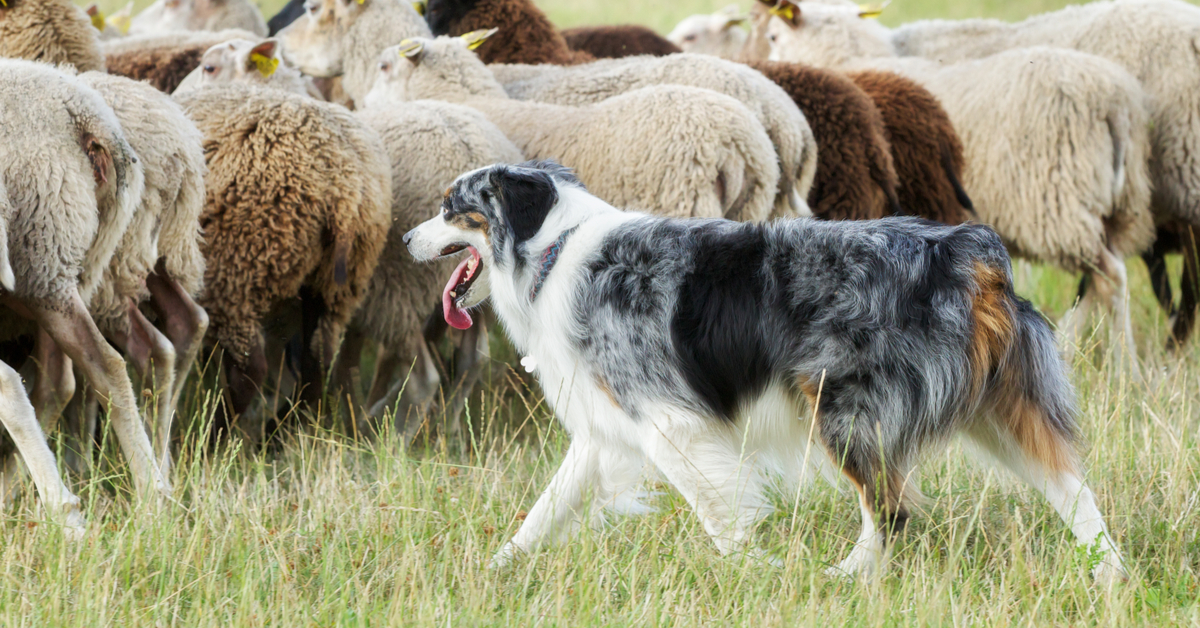
Some dog breeds respond more to food motivation than others. Labradors and Beagles are two examples of breeds that respond very well to training treats. If you have one of these breeds, your dog loves to get a little food treat for positive reinforcement.
Other dog breeds, however, like terriers, herders, and guardian breeds, are less food motivated. They would prefer playing, sniffing, or hunting to getting a kibble treat. For these dog breeds, you will likely need more high-value treats to motivate them.
You Have Tricked Your Dog Before With Food
If you use food, particularly high-value treats, to get your dog to do something he doesn’t like, such as taking a bath or getting a nail trim, it’s possible your dog has come to view food as a kind of trap.
In this scenario, you’ve unwittingly trained him that food predicts scary things instead of the other way around. This can be undone, but it will take some time. In the meantime, you’ll need to use another way to train your dog.
Your Dog Might Just Not Be Hungry
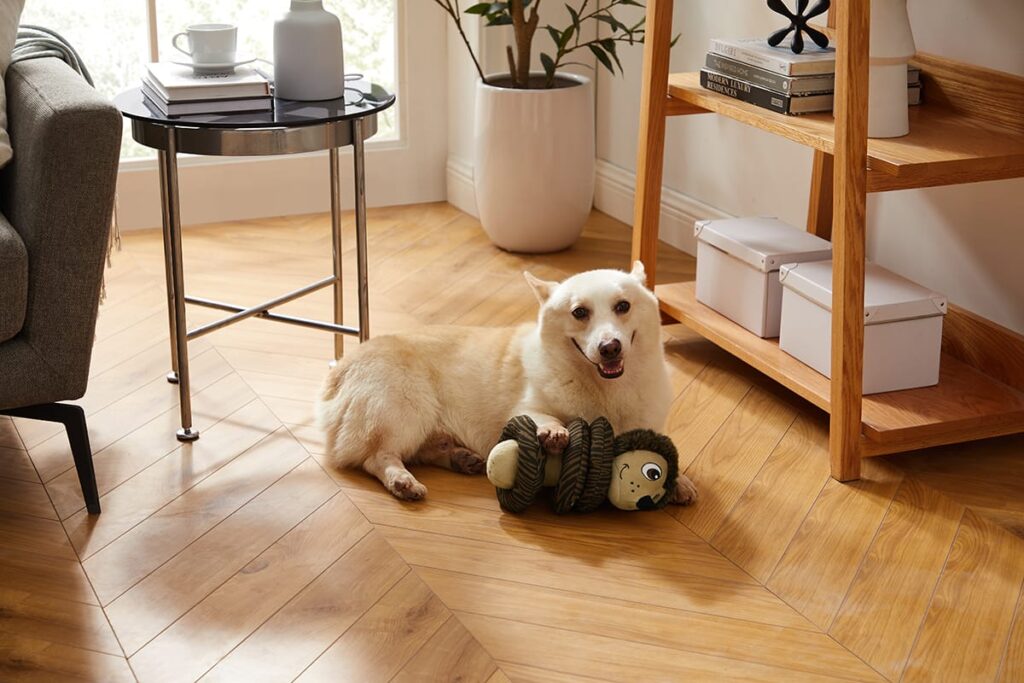
It’s also possible your dog is simply not hungry when you’re attempting to work with him. This often happens with dogs that are free-fed or given constant access to food. In this case, your dog simply has a full stomach.
If this is the case and you don’t want to stop free-feeding, you’ll need to figure out when he is most likely to be hungry and work with him during those times.
Make Sure He’s Not Sick
It’s also possible your dog could be ill, and that’s why he’s not responding to your training treats. It’s particularly worrisome if you know that normally your dog loves food treats, but he’s now refusing them. You’ll want to take him to the vet to get him whatever treatment he might need.
These are several reasons why your dog might not respond to food training, but what can you do to change that? Let’s take a look at some options.
How to Train a Dog Who’s Not Interested in Food Rewards
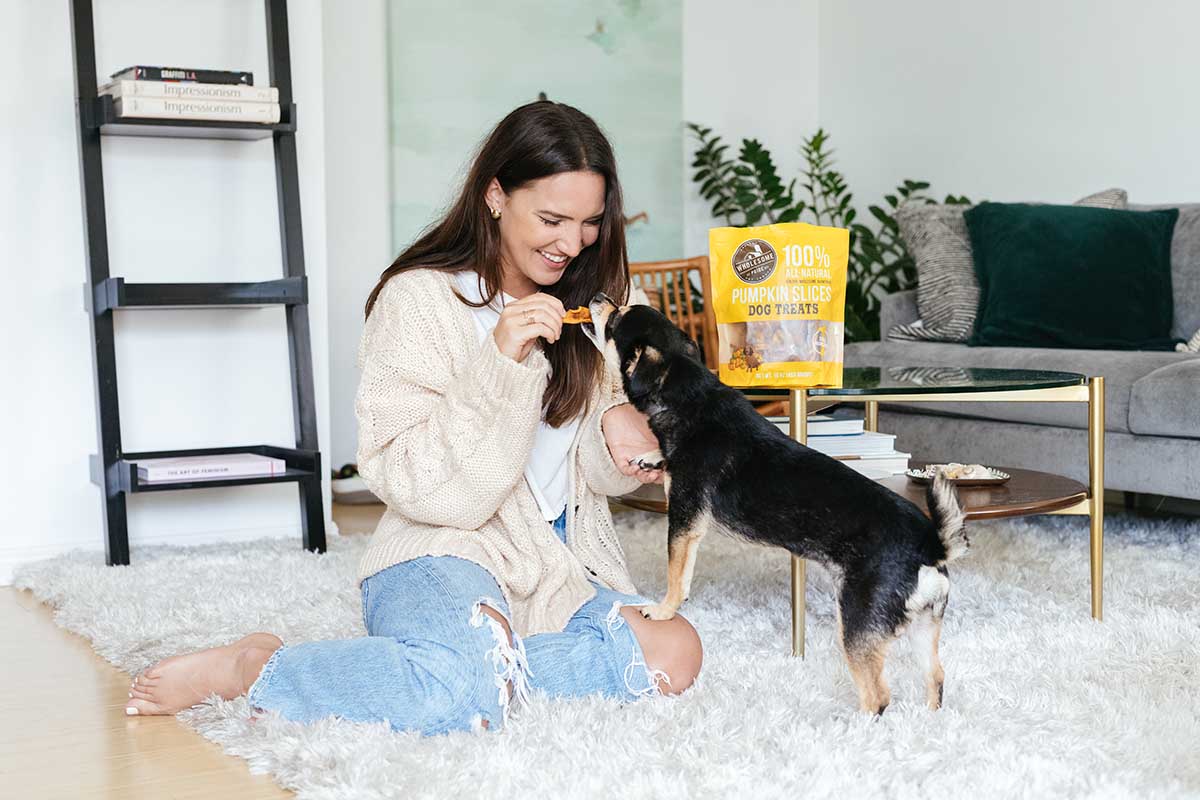
If you are using food/treats as a form of positive reinforcement training and your dog is not responding to them, there are several things you can do. Let’s look at some of your options.
Try Different Foods
The first thing to do is simply try different foods. You want to try to use foods your dog wants as a form of food motivation. Just like humans, dogs have different tastes, and they like some things and don’t like others.
For that reason, you can experiment with different food rewards until you find what works best. That’s your dog’s high-value treat, and that’s what you can use with his training. You might also try foods your dog doesn’t normally get.
Peanut butter, hot dogs, and other kinds of safe, tasty foods that your dog doesn’t normally get can be used in small amounts as food rewards. Just make sure you give them small pieces or amounts and never use any brands that have xylitol in the ingredients.
Make Sure Your Dog has Plenty of Water
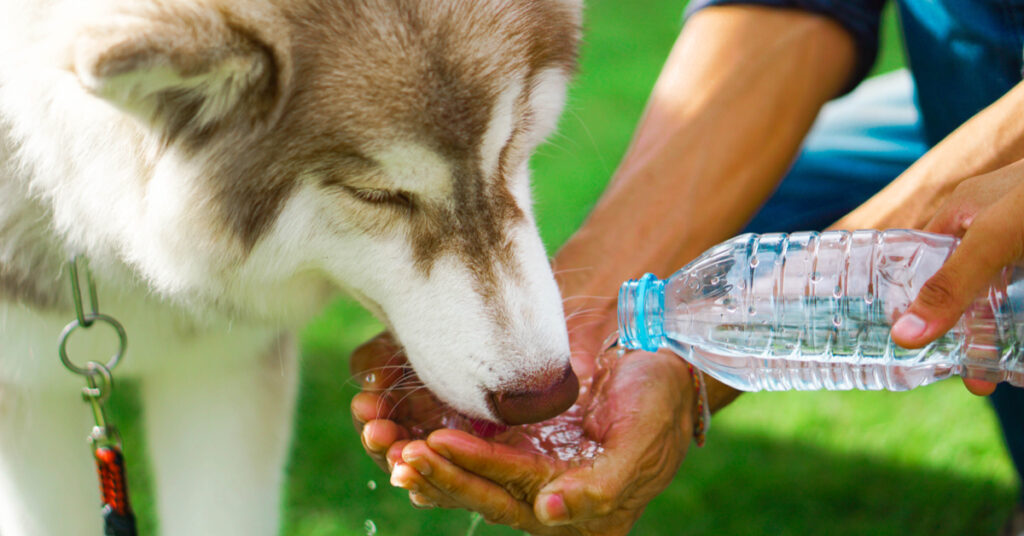
It might not be that your dog doesn’t like the treat, it could be that he’s simply thirsty. As you have probably experienced, when you’re thirsty, you don’t want to eat something because that can dry out your mouth even more.
Make sure your dog has water or offer him some, and then, you can try again with the food motivation training.
Make Sure Your Dog Isn’t Distracted
Your dog might also be distracted. If you take your dog to a training class, for example, he might be busy greeting other dogs and people. Basically, he’s too distracted to respond to the food rewards.
You might try making him sit at a distance, and then, rather than offering him a treat, let him go greet the other people and dogs. It’s a great alternative to training treats.
Your dog will also be distracted around mealtimes, so you want to make sure that’s not when you’re engaging in his training sessions.
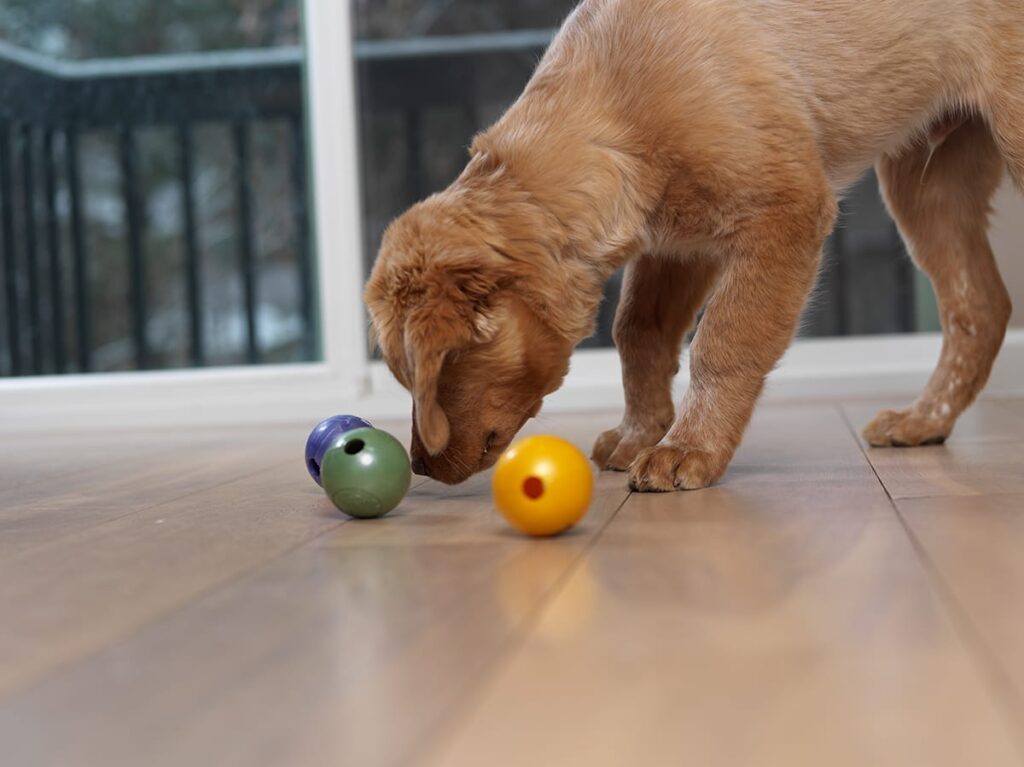
Praise Your Dog Too
Don’t just offer your dog a food reward for his good behavior, offer him praise too. Praise is an important part of positive reinforcement training, and it has as much value as the treat does.
Give your dog plenty of praise whether you give him a food reward or not. Praise is something that’s very important in your dog’s life, and it’s a great non-food way to help your dog make positive associations with the desired behavior.
It May Be Time to Stop

It might also be time for a break from the training session. Watch your dog’s body language to see if he is scratching, yawning, or sneezing. These are behaviors that, along with refusing food, are telling you your dog is tired and needs a break.
It’s important to give your dog a break when he’s asking for one since if you don’t, he will form a negative association with his training class.
Use Alternatives to Food for Positive Reinforcement
You might also try using alternatives to food as a reward. Many people prefer clicker training in combination with a non-food reward like using praise or a little playtime with the dog’s favorite toy as a training method.
You use the clicker to mark the moment your dog does what you asked him to do, and immediately afterward, you give him his reward. Clicker training can be used with food rewards, but it can also be used with non-food rewards, and those can be even more effective.
The Thing About Food Training
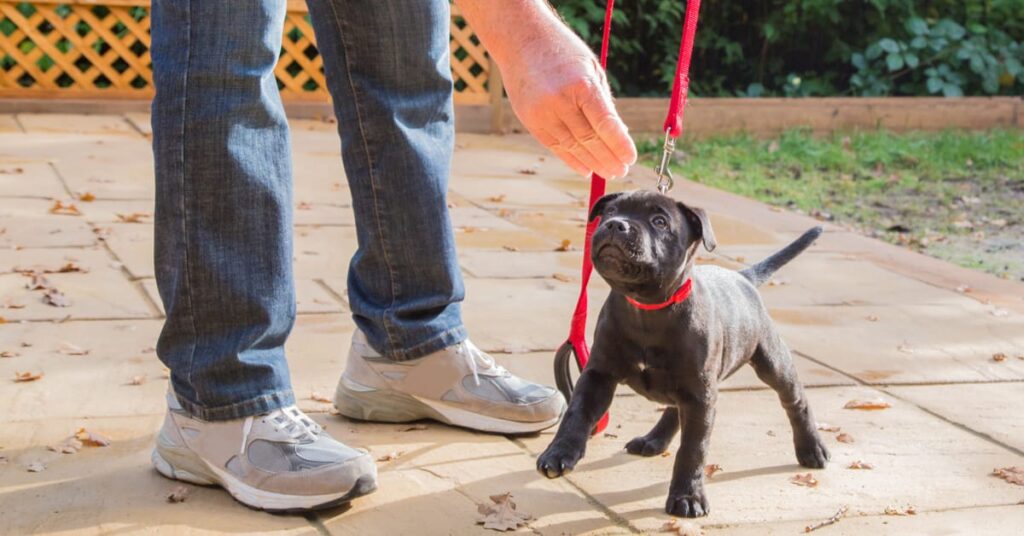
Just a word about food training — many years ago, I worked for Marine World/Africa USA one summer. They are or were at that time (I’m not sure what they’re doing nowadays), famous for allowing visitors to touch the animals in the park. They also had several shows with trained wild animals.
Their main claim to fame was that they used love to train the animals, and part of that ideal was that they didn’t believe in food training at all. They argued that using food as a reward would make the animal respond just to get the food rather than because of any bond they had with the trainer being part of the motivation. In other words, they wanted their trainers to have a strong, positive bond with the animal that would act as a motivator for the animal to do what they were asking.
Of course, these were wild animals and food could potentially stimulate aggressive behavior toward the trainer, but some people also believe you shouldn’t use food training with any animals. They would argue that you want the bond between you and the animal to be the motivator instead of the food reward.
For this reason, you always want to be sure that part of the reward you give your dog, whether you use food or not, is your love and praise. You want your praise to be an equally high-value motivator, so if it happens that you don’t have any food, your dog will still be motivated to do what you ask him to do.
How to Train a Dog That Is Not Food Motivated: Final Thoughts
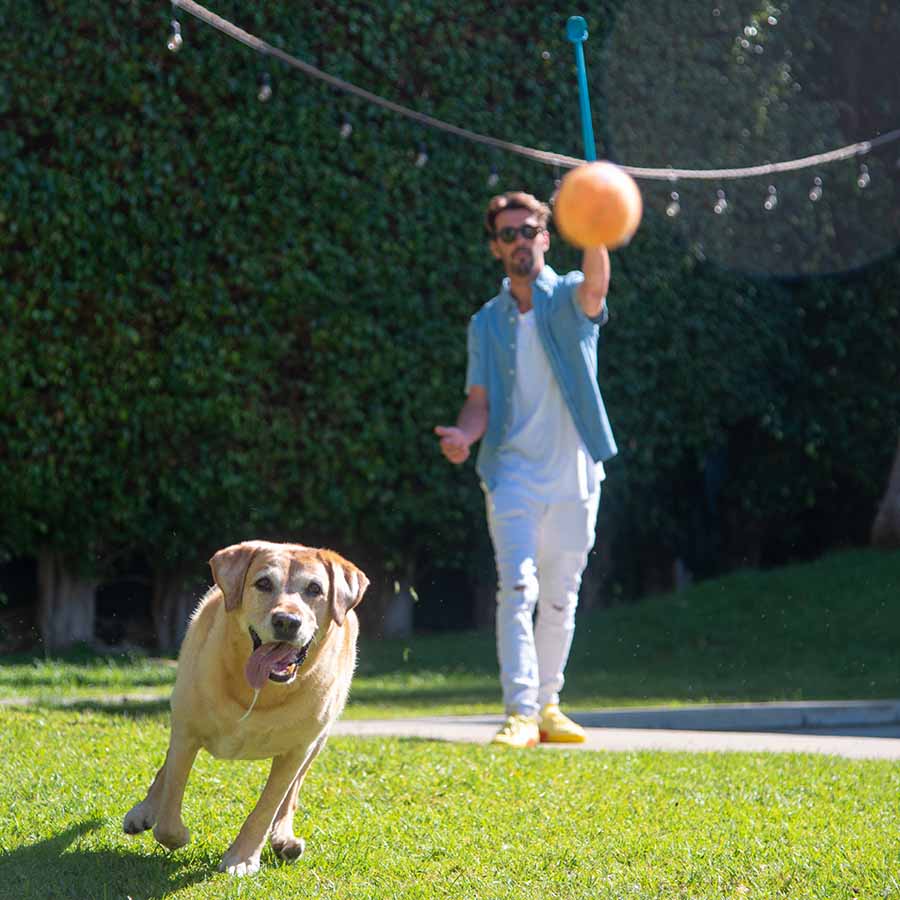
Food training is a common method of getting your furry friend to do what you ask, but sometimes, it seems he just isn’t interested. It’s important to evaluate why he might not be interested and address any problems that could be affecting his health or interfering with his concentration.
Once you’ve done that, there are several things you can do to stimulate renewed interest in food rewards. It’s also important, however, to use other types of positive reinforcement so that your dog does what you ask simply because you asked him to do so. You want him to do it out of his love and respect for you, not just to get a treat.

